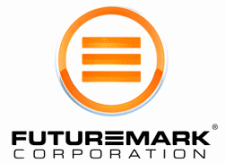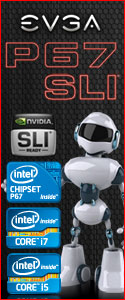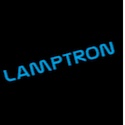Our pictorial tour of the Thermaltake V3 Black Edition case continues on with a look at the interior of the chassis. The first thing we did was pop the front panel housing off to expose whats underneath. Looking at the backside of the removed panel revealed filters on each 5.25″ bay cover, a nice touch usually reserved for much more expensive cases. Once the front panel was removed we could see the removable plates for installing additional 5.25″ drives, simply twisting these plates several times will break them loose. At the bottom is the mesh area for the optional 120mm intake fan.
 |
 |
Next we removed the two side panels exposing the motherboard mounting surface area. First thing you notice is the large hole in the motherboard mounting area that allows access to a CPU coolers backing plate. Obviously this is a huge time saver as removing the motherboard to change a CPU cooler is not necessary. When a system was actually installed in this case a Thermaltake Frio cooler was used and the entire backing place was accessible through this hole. Another terrific feature is the painted black interior, a feature normally found in much more expensive cases. What we did not see is slots cut in the motherboard tray to facilitate cable management. Strapped inside the chassis were the front panel wiring harness, a bag full of installation hardware, and the power supply air intake filter. Looking at the right side of the interior revealed our second wire management concern, the lack of space between the back side of the motherboard mounting plate and the right side panel. At this point we realized that cutting slots in the motherboard tray area wouldn’t have done any good anyway, as there was no room to route wires behind it and still get the side panel on.
 |
 |
 |
 |
 |
|
Next on the list was to inspect the drive bay area. There are two “Twist to Lock” knobs on the left side of the 3.5″ bays and one on the 5.25″ drive bays. The knobs are not used on the right side of any drive bay, but screws can be used to further stabilize any installed drives. If additional drives need to be installed, you can simply use the normal screw down method on both sides.
 |
 |
 |
 |

 Posted in
Posted in 





